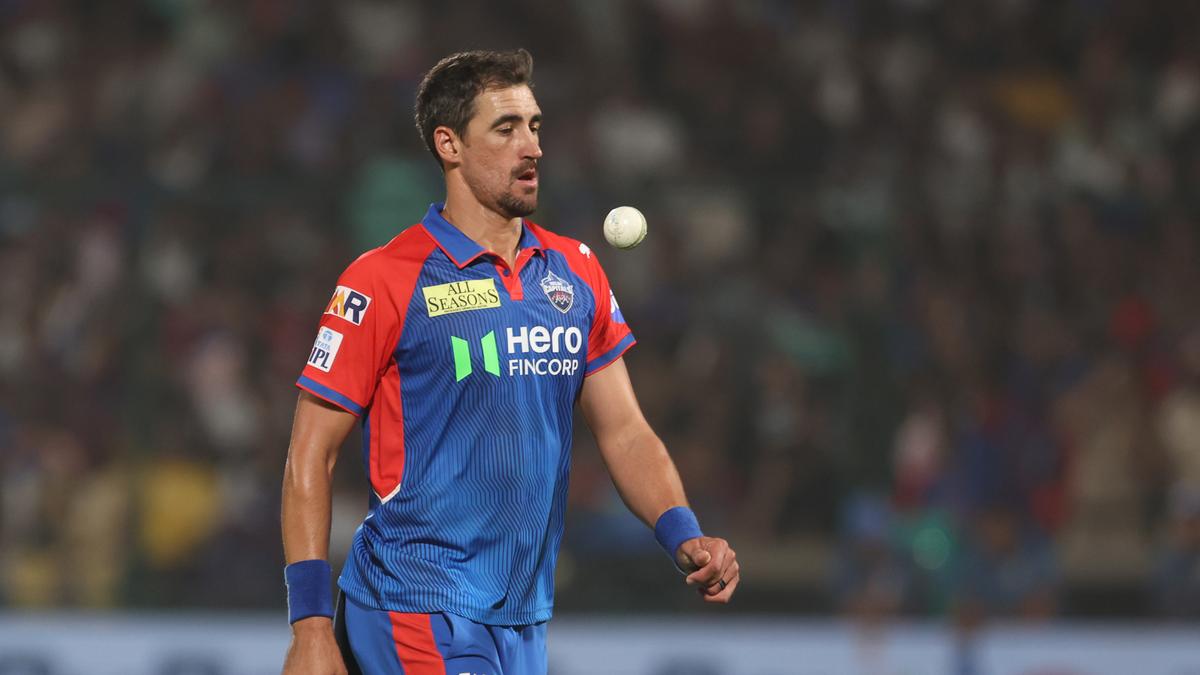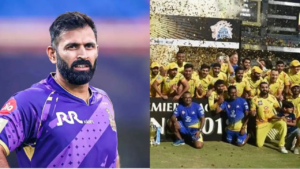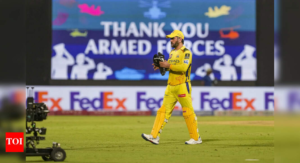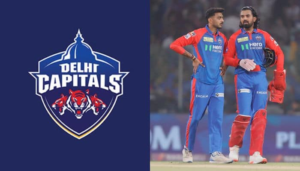cricket
back-foot no-ball rule, Back-Foot Violation, Bowling no-ball, Bowling over the wicket, Cricket Bowling infractions, Cricket Crease Rules, Cricket Delivery Check, Cricket Delivery Stride, Cricket Free Hit, Cricket Free Hit Rule, Cricket Law 21, Cricket No-Ball Penalty, Cricket No-Ball Types, Cricket Pitch Rules, Cricket Rule explained, Cricket Umpire Calls, Cricket Umpires' Decisions, legal delivery in cricket, No-Ball Calls in Cricket, Return Crease, Undrstanding Cricket Rules
mohitmittal55555@gmail.com
0 Comments
What is a back-foot no-ball in cricket? A simple explainer
Mitch Starc was stunned when a back-foot no-ball, not a front-foot one, cost Him in Delhi’s Super Over win against Rajasthan. The rare rule came into play after a third umpire review. Here’s a Quick Dive into this Uncommon Cricket Law.
1. What is a back-foot no-ball?
It happy the bowler’s back foot lands on or outside the return crease during delivery.
For a legal ball, the back foot Must Land Fully Inseed The Return Crease – Not touching or crossing it.
2. How is it different from a front-foot no-ball?
Front foot: some part must be behind the popping crease.
Back Foot: MUST LAND Completely Inside the Return Crease. Touching or going over = no-ball.
3. Why does this rule exist?
To stop bowlers from creating extreme angles that make umpiring dificult.
IT ENSURERES FAIR Play and Keeps Delivery Angles in Check.
4. What Happens If a Back-Foot No-Ball is Called?
Batting Side Gets 1 Extra Run.
Next ball is a free hit.
Batter can’t be dismissed – except by run out, obstructing the field, or handling the ball.
5. Who Calls Back-Foot No-Balls?
Mostly, the on-field umpire does.
In Leagues Like the IPL, The Third Umpire Uses Replays.
It’s harder to spot than front-foot no-balls.
6. Can the foot go outside the return crease in the air?
Yes – Hoving is fin.
Only the point where the foot touches the ground matters.
If that contact is outside or on the crease = no-ball.
br>Source link
Share this content:














Post Comment